battery endurance depends on a combination of a large internal battery, power-efficient software, and user-configurable settings like motion sensitivity and activity zones. For potentially indefinite power, many leading models also offer compatibility with solar panel accessories.

Table of Contents
- What Defines "Long Battery Life" in a Security Camera?
- How Do External Factors Impact Your Camera's Battery?
- Why Does Motion Detection Frequency Matter?
- How Does Weather Affect Battery Performance?
- What is the Role of Wi-Fi Signal Strength?
- Which Cameras Offer The Best Endurance? A Comparative Look
- The Extended Performer: EufyCam 3
- The Ultra-High Definition AI Contender: Botslab Advanced AI Tech 4K System (W510)
- The Versatile Option: Arlo Pro 4
- The Budget-Friendly Choice: Blink Outdoor
- Can Solar Panels Provide Continuous Power?
- What Key Features Should You Consider Beyond Battery?
- How Can You Maximize Your Security Camera's Battery Life?
- Frequently Asked Questions
What Defines "Long Battery Life" in a Security Camera?
When manufacturers advertise battery life—whether it's 180 days, 365 days, or even longer—they are referring to performance under idealized conditions. This often means the camera is triggered only a few times per day, records short clips, and is not frequently accessed for live viewing. The true measure of battery performance is its real-world longevity, which is always a variable figure.
A camera with genuinely long battery life is one that minimizes standby power consumption while remaining instantly ready to record when motion is detected. Efficient software plays a crucial role, ensuring the device "sleeps" deeply between events. The physical size of the battery (measured in milliampere-hours or mAh) is a primary factor, but it's the harmony between hardware and software that separates the top performers from the rest. A camera that lasts three to four months in a high-traffic area should be considered strong, while one that surpasses six months is exceptional.

How Do External Factors Impact Your Camera's Battery?
The battery life stated on the box is a benchmark, not a guarantee. Several environmental and usage factors can dramatically reduce the time between charges. Understanding these variables is key to setting realistic expectations for your chosen device.
Why Does Motion Detection Frequency Matter?
This is the single most significant factor influencing battery drain. A camera pointed at a quiet backyard will last exponentially longer than one monitoring a busy front walkway or street. Every time the camera detects motion, it must wake from a low-power state, activate its sensor, process the image, record a video clip, and transmit it to the base station or cloud. Each of these actions consumes considerable power. Frequent triggers from passing cars, swaying trees, or pets can drain a battery rated for six months in just a few weeks.
How Does Weather Affect Battery Performance?
Temperature has a direct chemical effect on lithium-ion batteries, which are standard in most wireless security cameras. In extreme cold (typically below freezing, 0°C or 32°F), the battery's internal chemical reactions slow down, reducing its effective capacity and ability to deliver power. The camera may report a lower battery percentage than is actually available or may shut down entirely until it warms up. Most cameras will also refuse to charge if the temperature is too low to prevent battery damage. Conversely, extreme heat can also degrade battery health over the long term.
What is the Role of Wi-Fi Signal Strength?
A weak connection between your camera and your Wi-Fi router or hub forces the camera's radio to work harder. It must boost its signal strength to transmit live feeds and recorded clips, consuming significantly more power with every transmission. If the signal is intermittent, the camera may spend extra energy repeatedly trying to reconnect to the network. For optimal battery performance, ensure your camera is placed in an area with a strong and stable Wi-Fi signal.
Which Cameras Offer The Best Endurance? A Comparative Look
Several brands have distinguished themselves by engineering cameras that pair large batteries with efficient operation. Here is a look at some of the top contenders known for their impressive stamina.
The Extended Performer: EufyCam 3
Eufy has built its reputation on long battery life and the absence of mandatory monthly fees. The EufyCam 3 is often cited as having up to 365 days of battery life, which, while subject to real-world conditions, is a testament to its large battery and efficient power management. It records in crisp 4K resolution and includes an integrated solar panel on the top of the camera, which constantly trickles charge to the battery on sunny days, further extending its operational life.
The Ultra-High Definition AI Contender: Botslab Advanced AI Tech 4K System (W510)
Botslab's latest offering, the Advanced AI Tech 4K Battery 4-Cam System W510, elevates wire-free security to 4K Ultra HD. This system is distinguished by its powerful combination of 8MP 4K resolution with vivid color night vision and the Intelligent BOTSLAB IQ-AI. This on-device AI is highly sophisticated, not only distinguishing between people, vehicles, and pets to virtually eliminate false alerts but also enabling Smart Tracking Across Every Camera and ultra-fast video search within the app. Power endurance is addressed with a 10000mAh battery and seamless compatibility with a solar panel, which can provide uninterrupted, eco-friendly operation with just a small amount of daily sunlight. Crucially, the system features a HomeBase with secure local storage (expandable up to 16TB), ensuring zero monthly fees for cloud storage, offering one of the most comprehensive and powerful wire-free security solutions on the market.
The Versatile Option: Arlo Pro 4
Arlo is a pioneer in the wire-free camera space, and the Arlo Pro 4 is a popular choice known for its excellent 2K HDR video quality and wide 160-degree field of view. Its battery life is typically rated for three to six months. While not the longest on the market, Arlo's system is highly flexible, with easily swappable batteries. This means you can keep a spare battery charged and swap it in seconds, eliminating downtime. Arlo's ecosystem is robust, though unlocking its full AI potential and cloud storage requires a subscription.
The Budget-Friendly Choice: Blink Outdoor
Blink, an Amazon-owned company, takes a different approach by using two standard AA lithium batteries. The company claims these can last up to two years. This incredible longevity is achieved by being highly conservative with recording times and features. The video quality is 1080p, and it's designed for short motion clips. It's an excellent set-it-and-forget-it option for lower-traffic areas where you need basic monitoring without the hassle of frequent charging.
| Camera Model | Advertised Battery Life | Video Resolution | Key Feature |
|---|---|---|---|
| EufyCam 3 | Up to 365 days | 4K HDR | Integrated solar panel, local storage |
| Botslab Advanced AI Tech 4K System (W510) | Uninterrupted (with Solar) | 4K Ultra HD (8MP) | Intelligent AI Cross-Camera Tracking & No Monthly Fee 16TB Local Storage |
| Arlo Pro 4 | Up to 6 months | 2K HDR | Swappable battery, wide field of view |
| Blink Outdoor | Up to 2 years | 1080p HD | Uses standard AA lithium batteries |
Can Solar Panels Provide Continuous Power?
Yes, for many cameras, a solar panel accessory is a complete game-changer. These small panels connect directly to the camera's charging port and, with just a few hours of direct sunlight each day, can provide enough power to keep the battery topped off. This effectively eliminates the need for manual recharging, creating a self-sustaining security system.
When considering a solar panel, ensure it is compatible with your specific camera model. Placement is also critical; the panel must be installed in a location that receives consistent, unobstructed sunlight. In overcast regions or during winter months, the panel may not be able to fully keep up with a camera in a high-traffic location, but it will still dramatically extend the time between manual charges.

What Key Features Should You Consider Beyond Battery?
While longevity is critical, it's only one piece of the puzzle. A camera with an infinite battery is useless if it doesn't meet your core security needs. Pay close attention to these features.
Video Resolution and Field of View
Resolution determines the clarity of your video. 1080p (Full HD) is the baseline standard, but 2K (QHD) and 4K (UHD) resolutions offer significantly more detail, making it easier to identify faces, license plates, and other small details from a distance. The field of view, measured in degrees, dictates how wide of an area the camera can see. A wider field of view (e.g., 160°) can cover more of your property with a single camera.
Night Vision Capabilities
All outdoor security cameras have night vision, but the quality varies. Standard infrared (IR) night vision produces a black-and-white image. More advanced cameras now offer color night vision, which uses highly sensitive sensors and sometimes a small, motion-activated spotlight to record in full color after dark. This can provide crucial details, like the color of a person's clothing or a vehicle, that are lost in monochrome footage.
Subscription Costs vs. Local Storage
Many camera systems, like those from Arlo and Ring, rely on a monthly subscription to store video recordings in the cloud and to access advanced features like smart alerts. Other systems, including many from Eufy and Botslab, offer local storage options via a base station with a hard drive or a microSD card slot in the camera itself. This allows you to store your recordings without any ongoing fees, offering a significant long-term cost advantage.
How Can You Maximize Your Security Camera's Battery Life?
Regardless of the camera you choose, you can take several steps to get the most out of every charge. Start by optimizing its placement to avoid areas with constant, irrelevant motion like busy streets or rustling tree branches. Use the camera's app to customize activity zones, which tells the camera to ignore motion outside of a specific area you draw on the screen.
Additionally, adjust the motion sensitivity settings. A lower sensitivity will prevent the camera from triggering for minor events. Shorten the length of recorded video clips to the minimum you need, as recording for 60 seconds uses far more power than recording for 15. Finally, if available for your model, investing in a solar panel is the most effective long-term solution for battery maintenance.
Frequently Asked Questions
Do wire-free cameras record 24/7?
No, almost all battery-powered cameras do not record continuously. To conserve power, they operate in a low-power standby mode and only wake up to record when their motion sensors are triggered. Constant recording would drain the battery in a matter of hours or days. For 24/7 recording, you need a powered (wired) camera system.
Is a subscription necessary for battery-powered cameras?
This depends entirely on the brand. Some cameras have very limited functionality without a subscription, only offering live viewing and basic motion alerts. Others offer robust functionality out of the box, including video storage via local options. It is crucial to check the subscription requirements and costs before making a purchase.
How long does it take to charge a security camera battery?
Charging time varies based on the battery's capacity and the charger's power output. On average, you can expect a full charge to take between 5 and 10 hours. Some models feature removable batteries, allowing you to charge them indoors more conveniently or swap them with a fully charged spare.


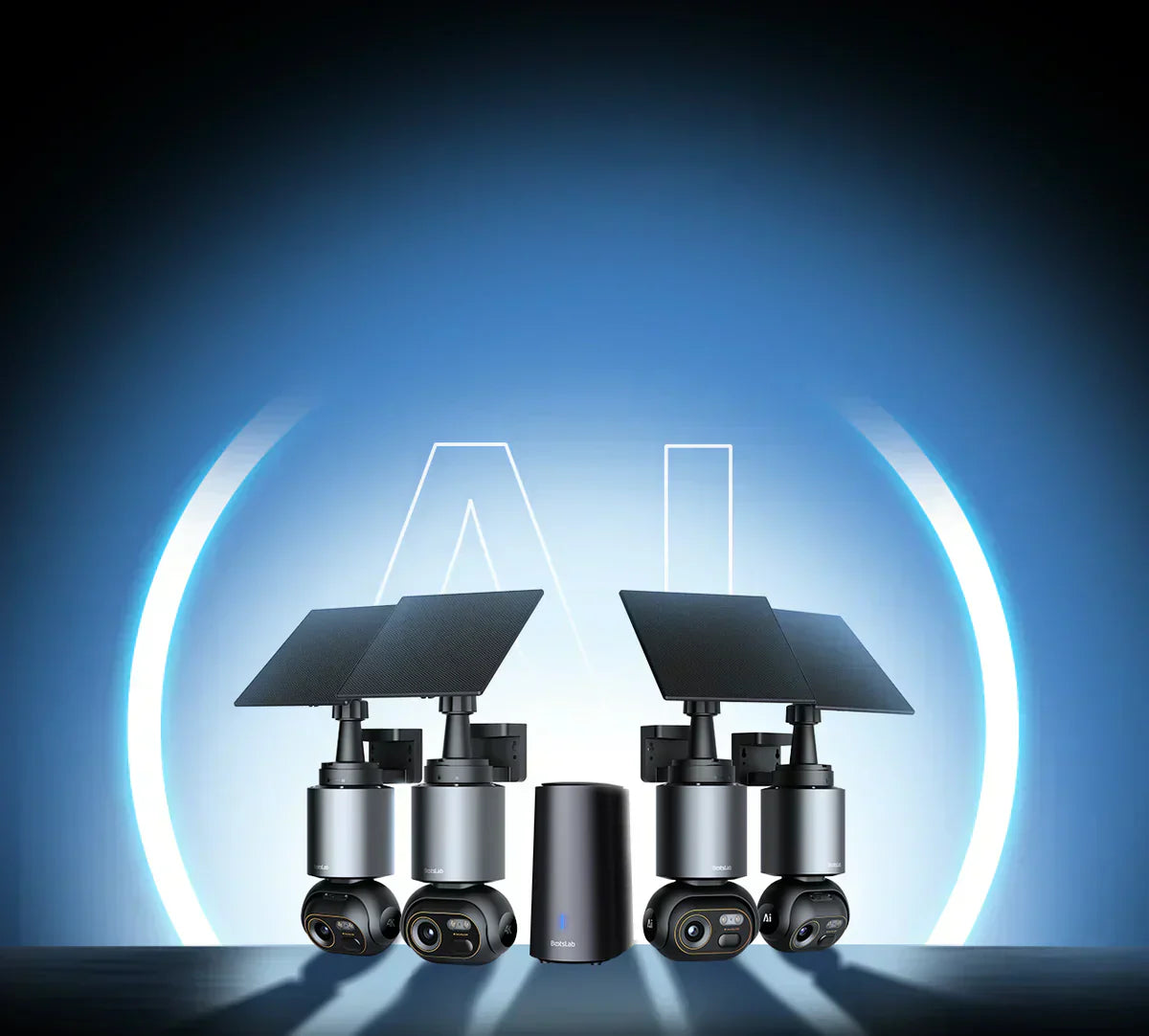
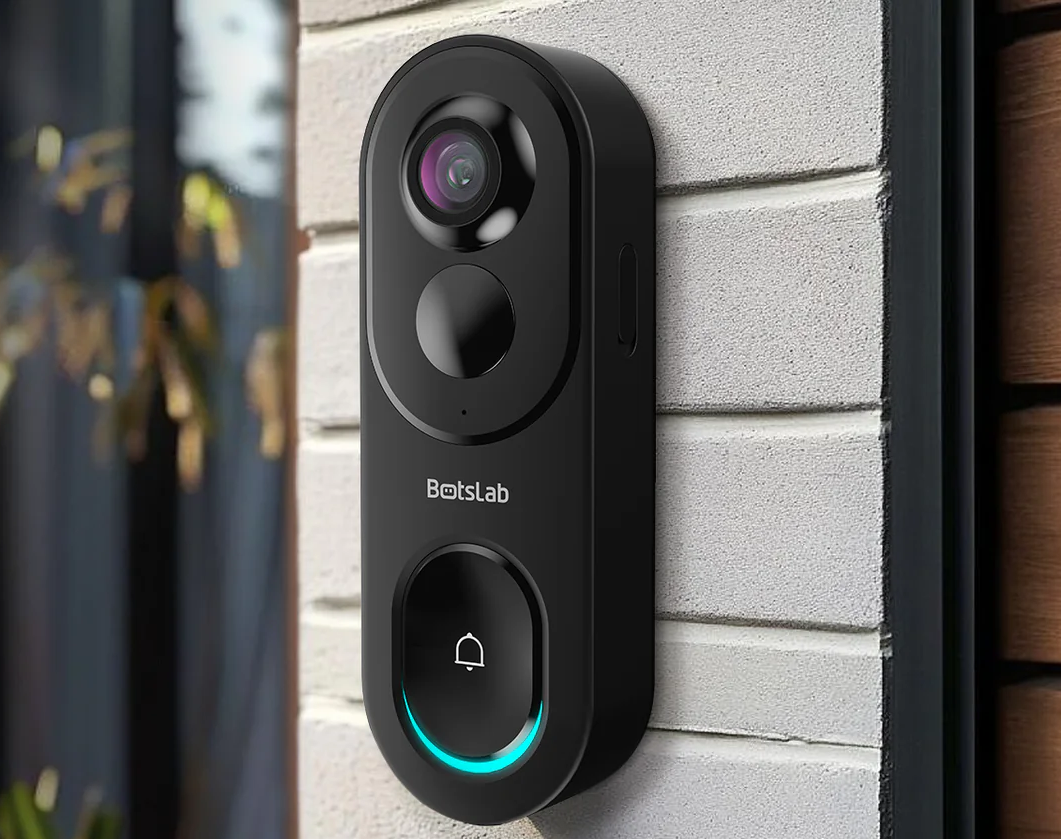
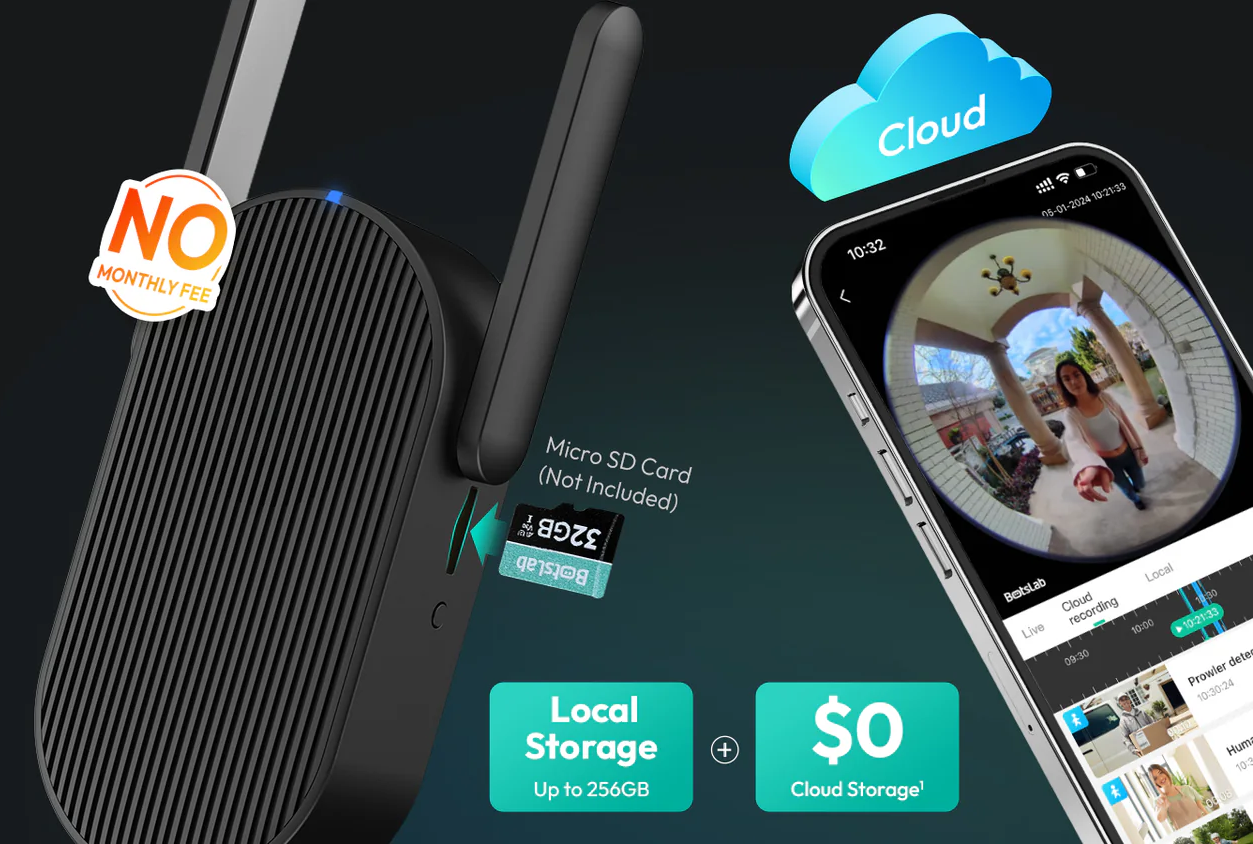



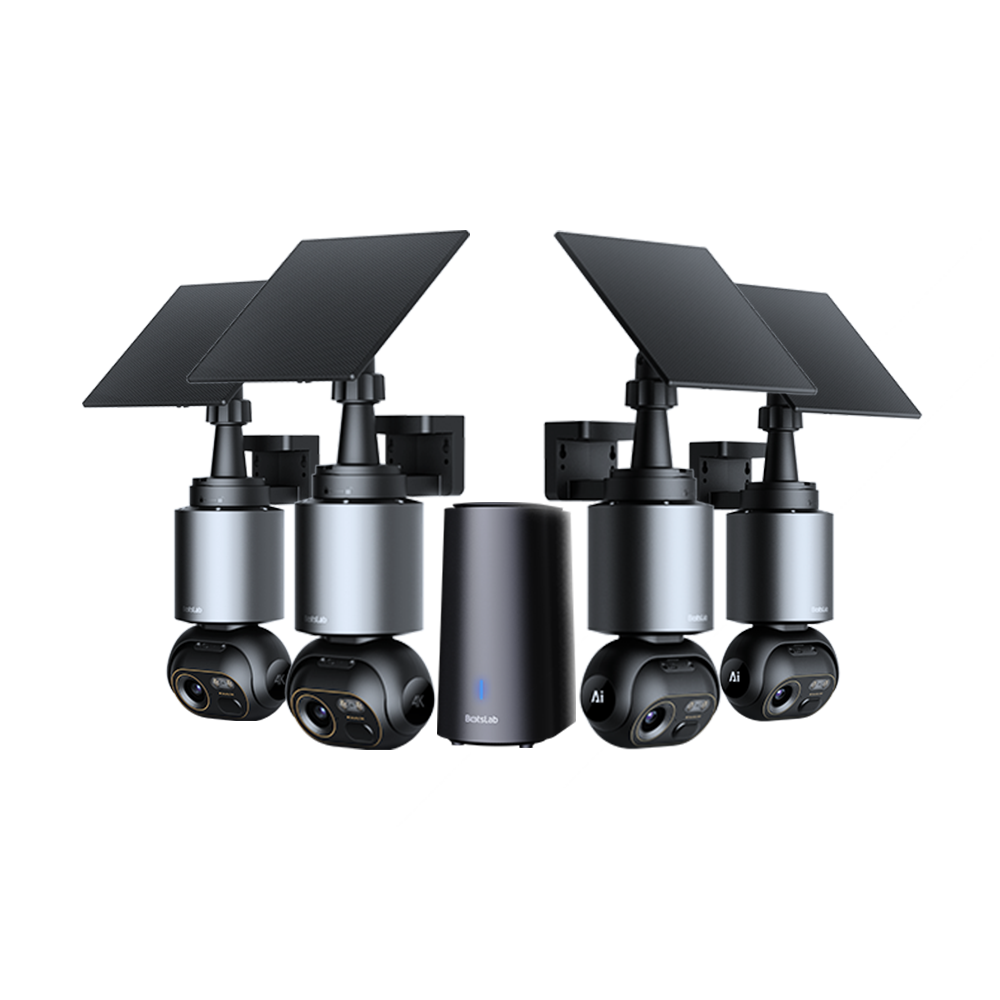




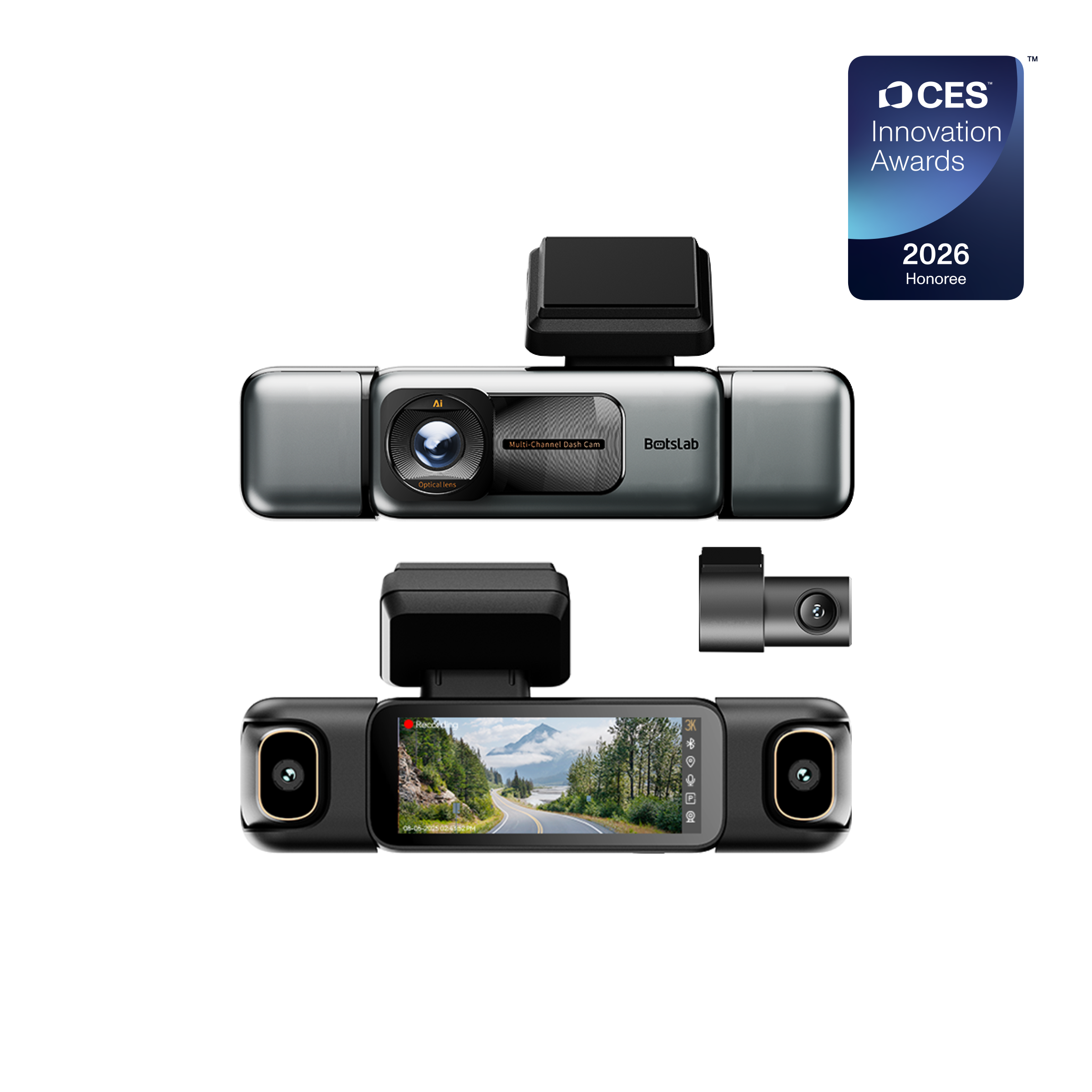
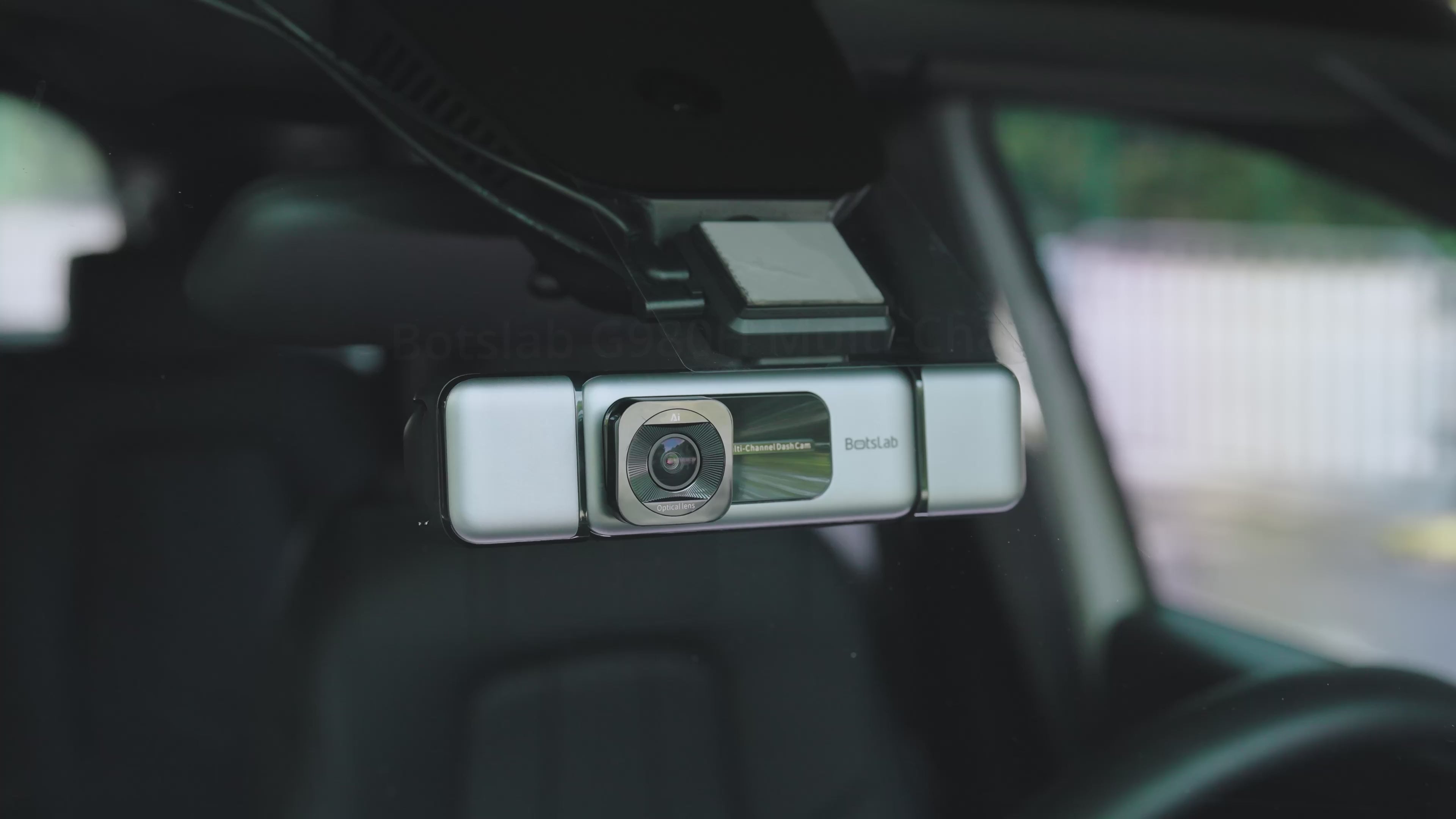
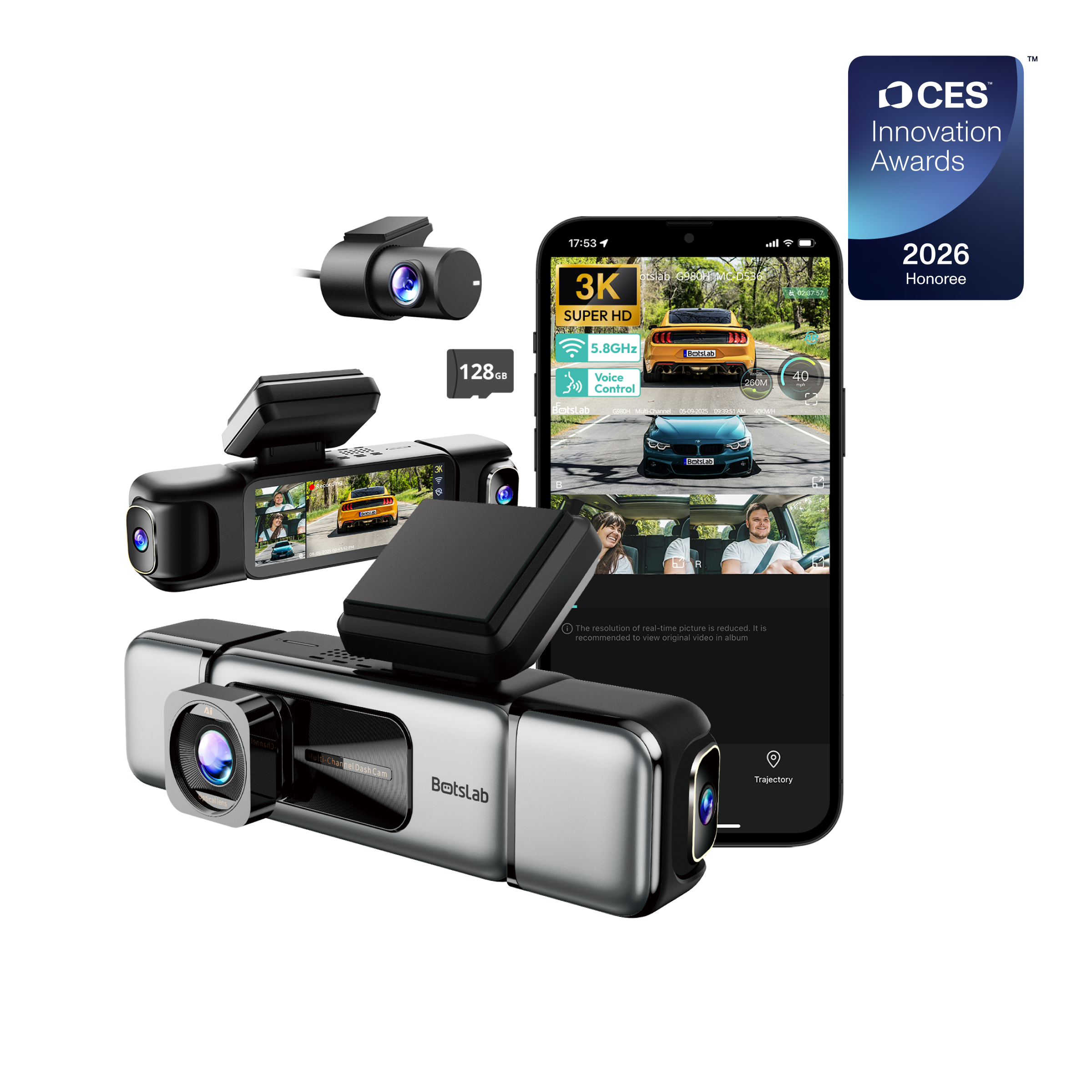

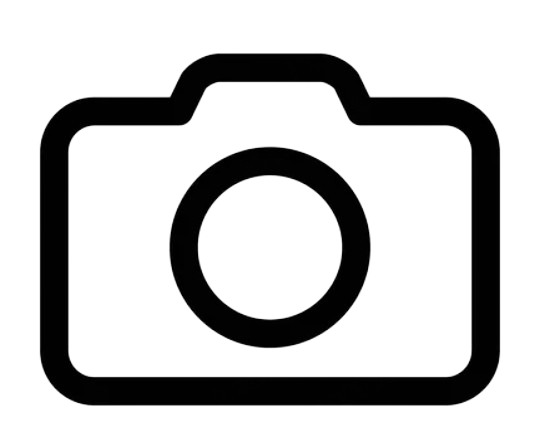

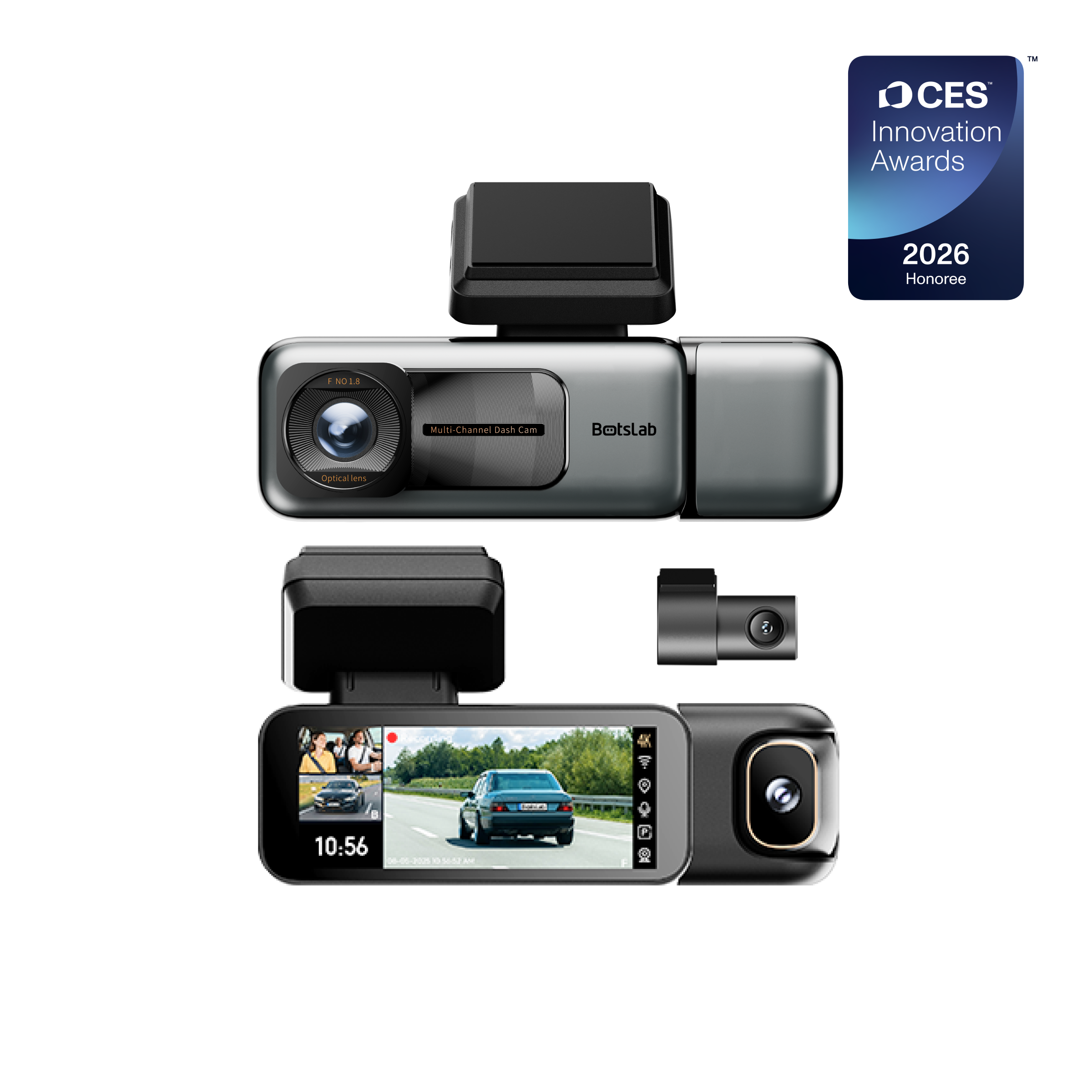
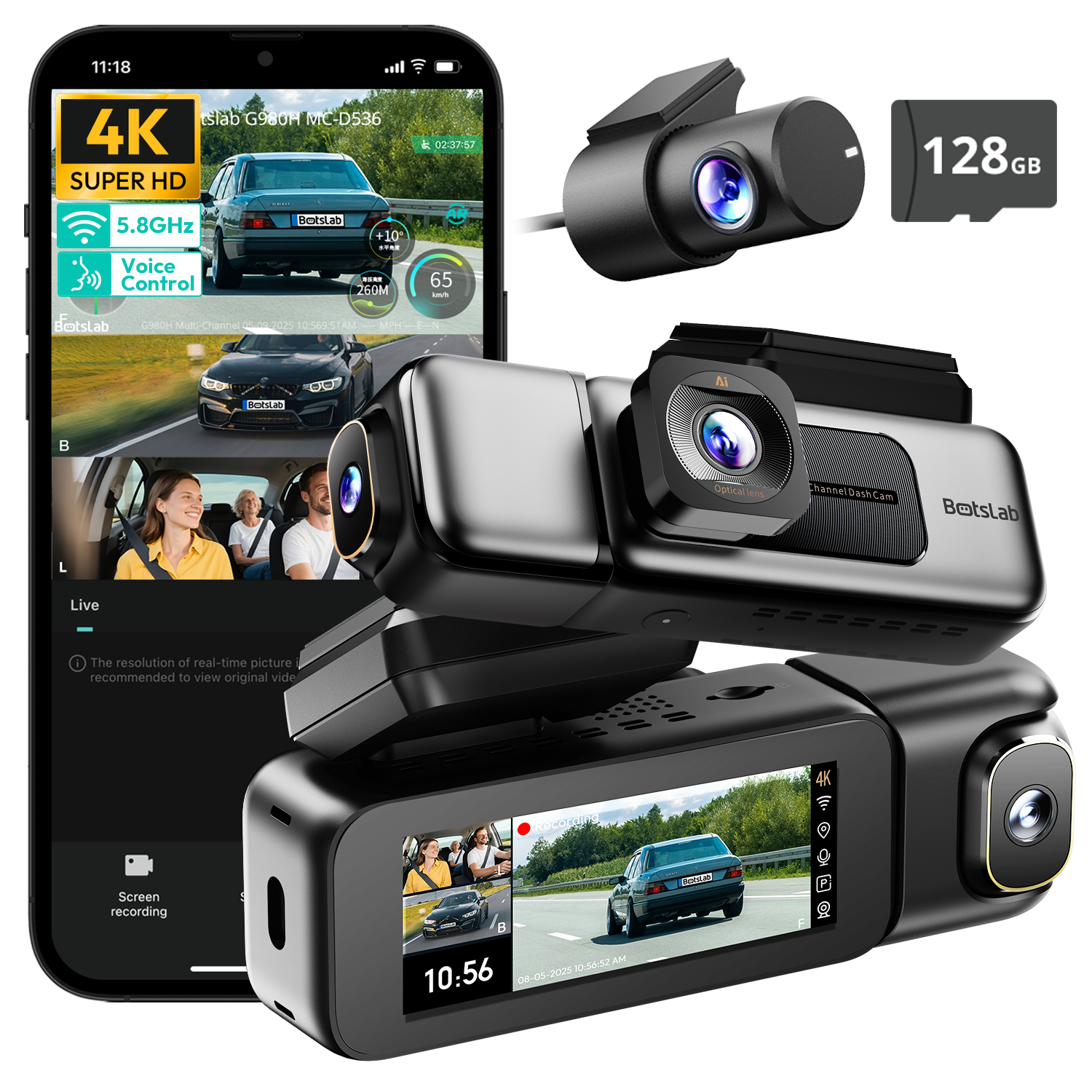

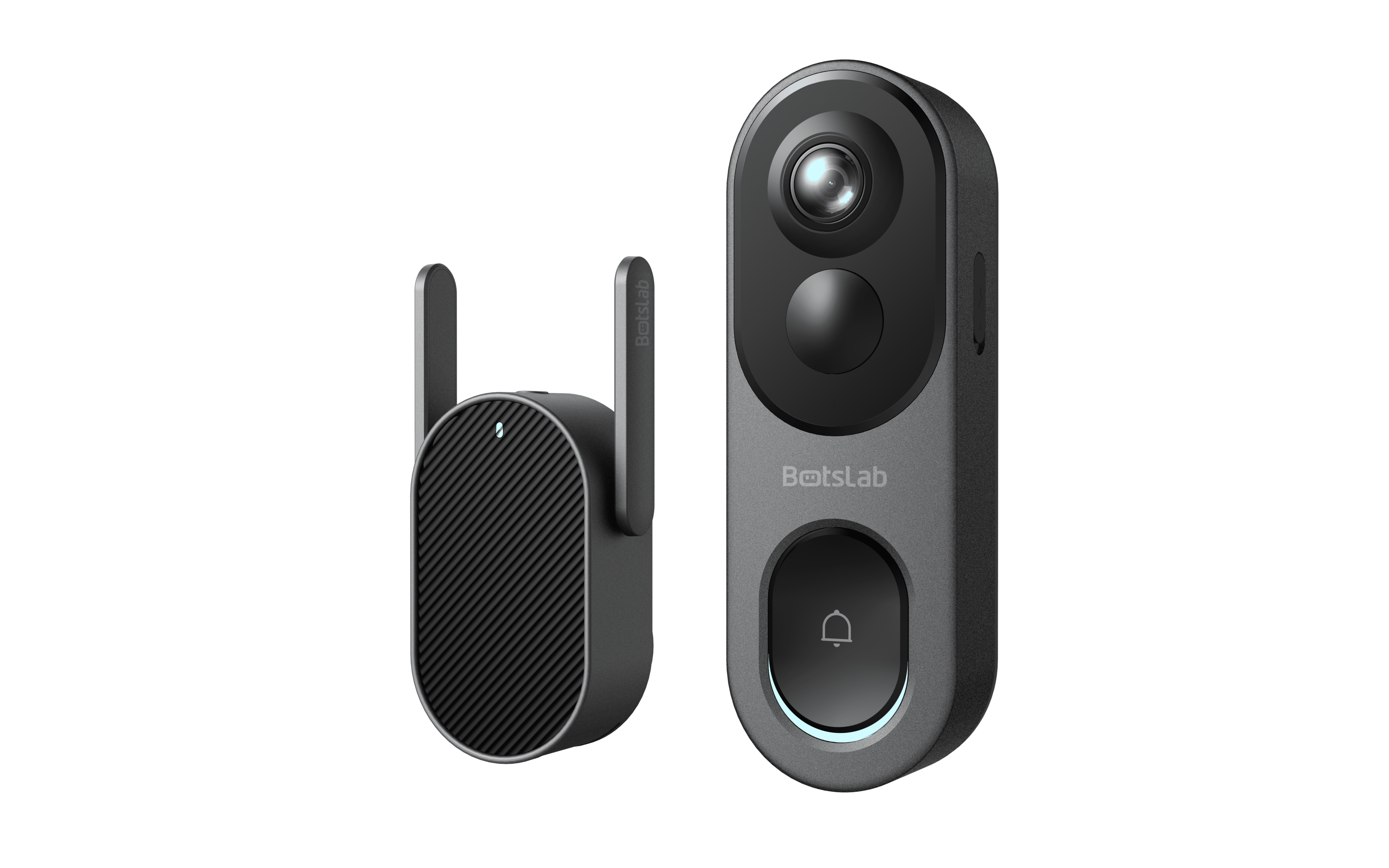
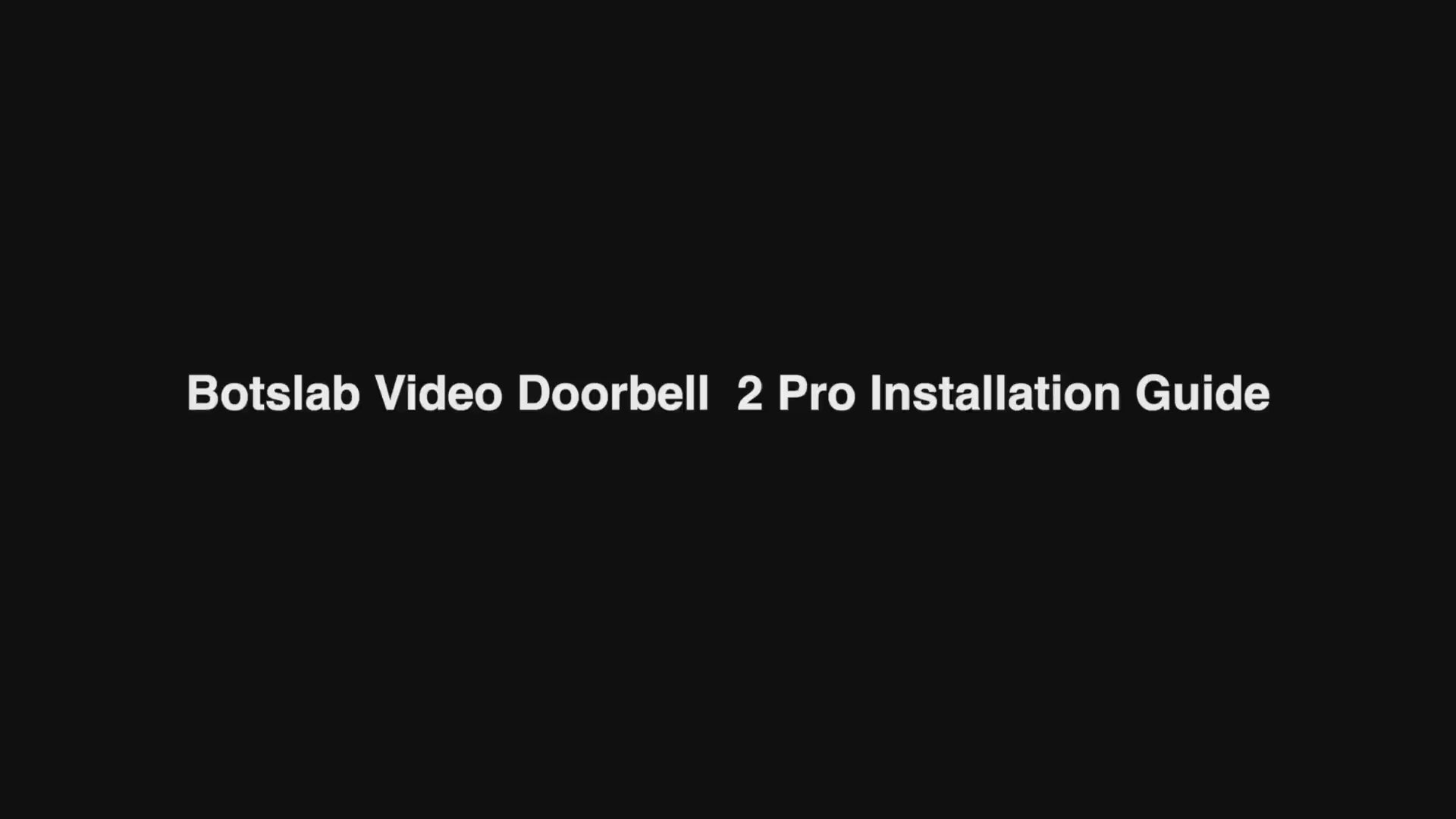

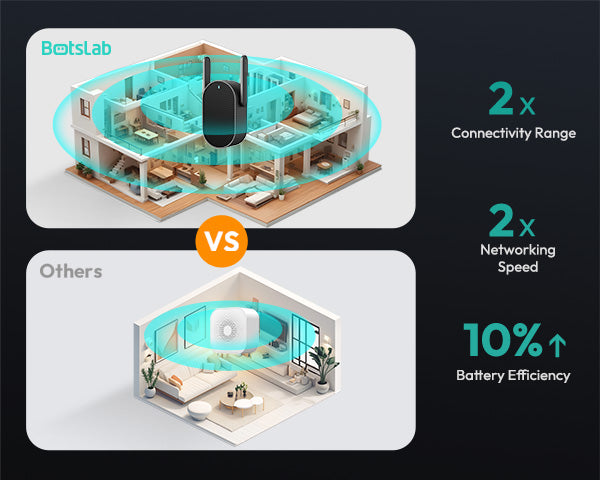




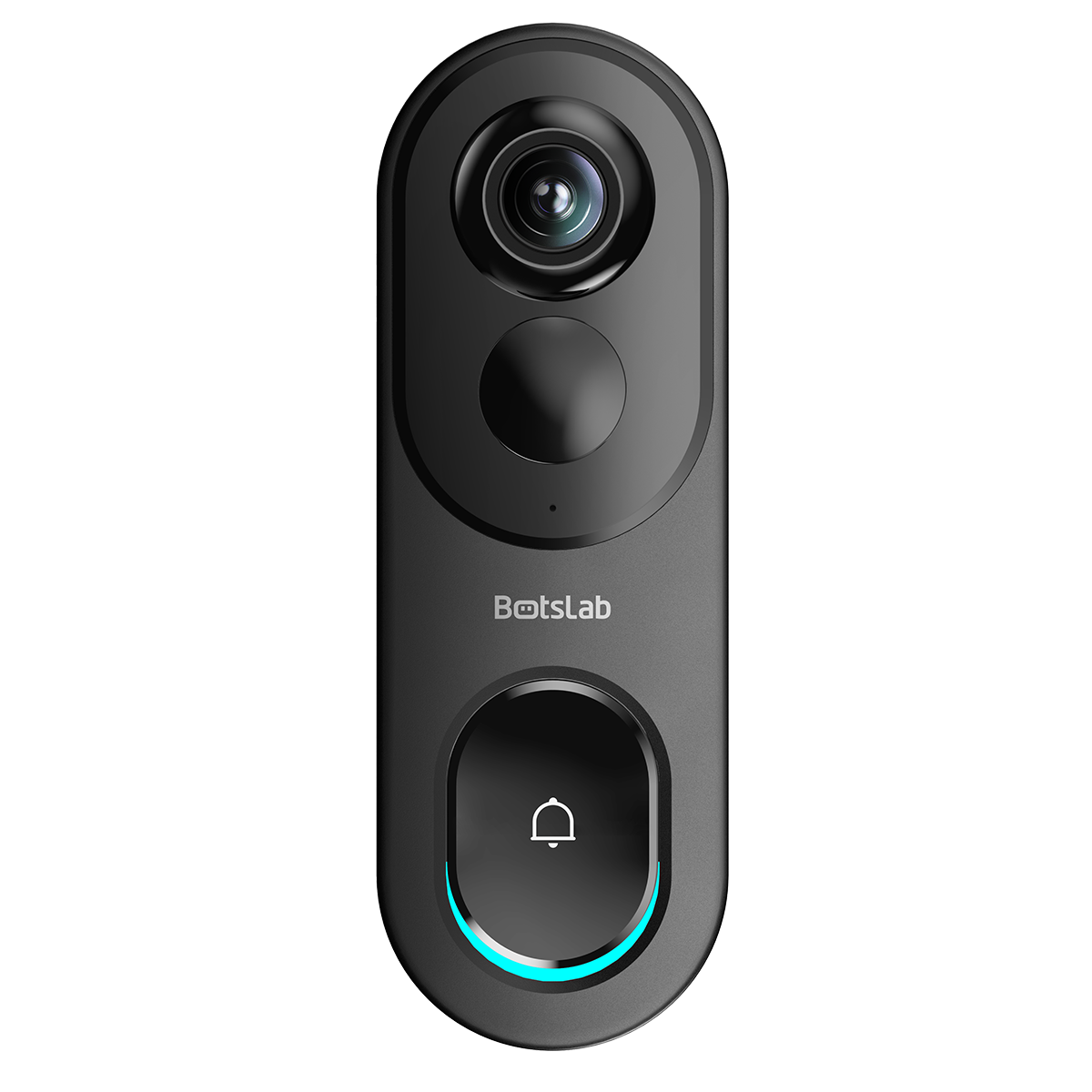


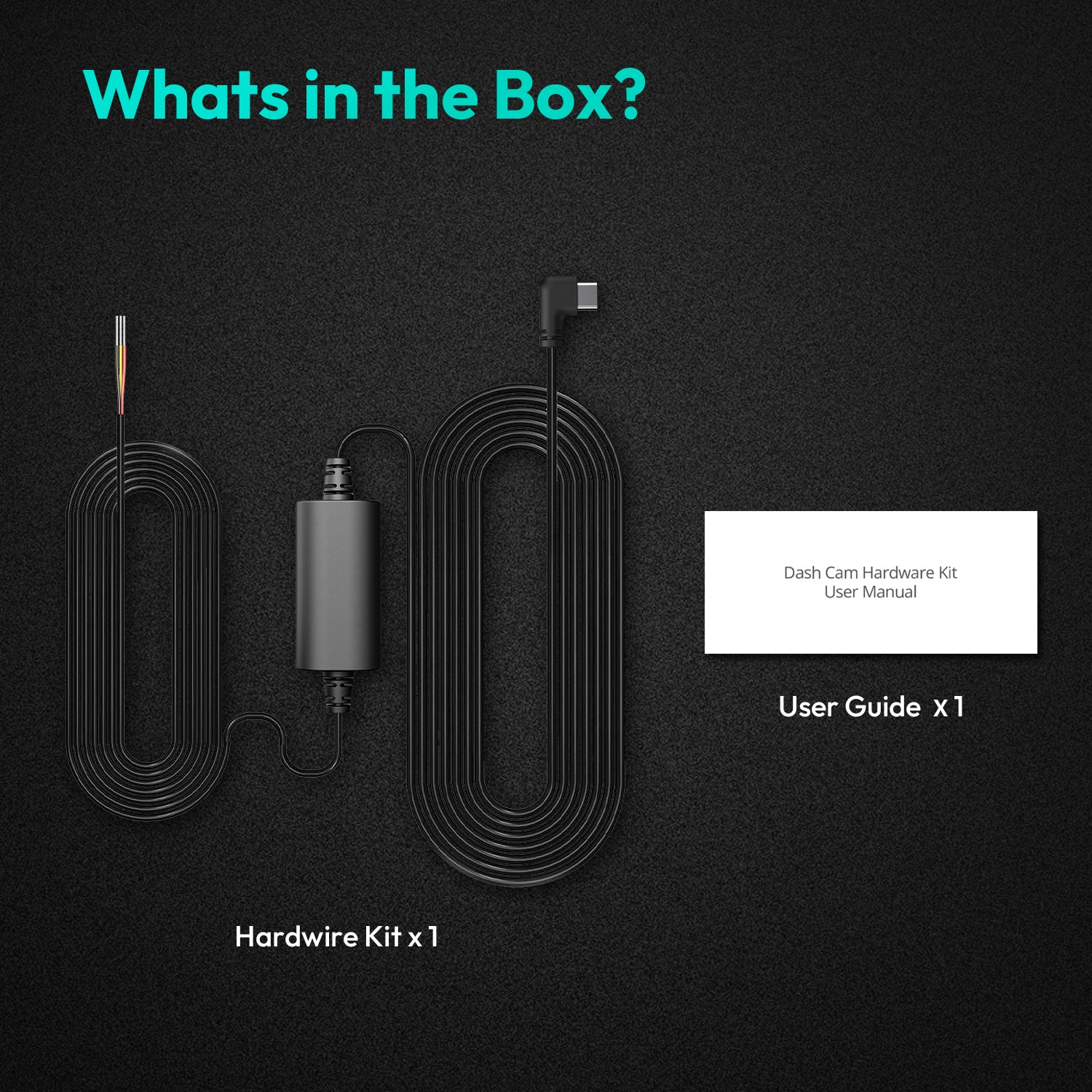
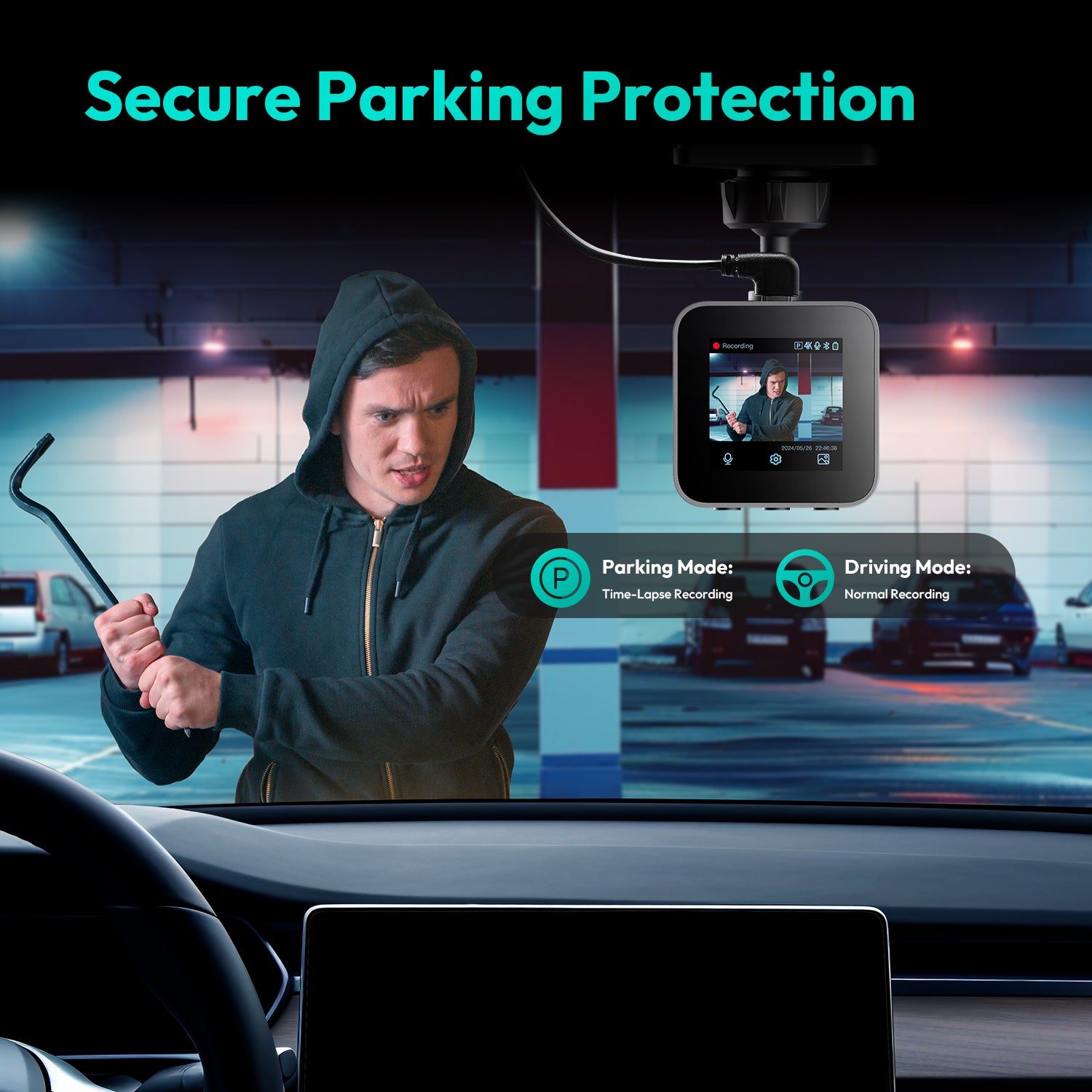
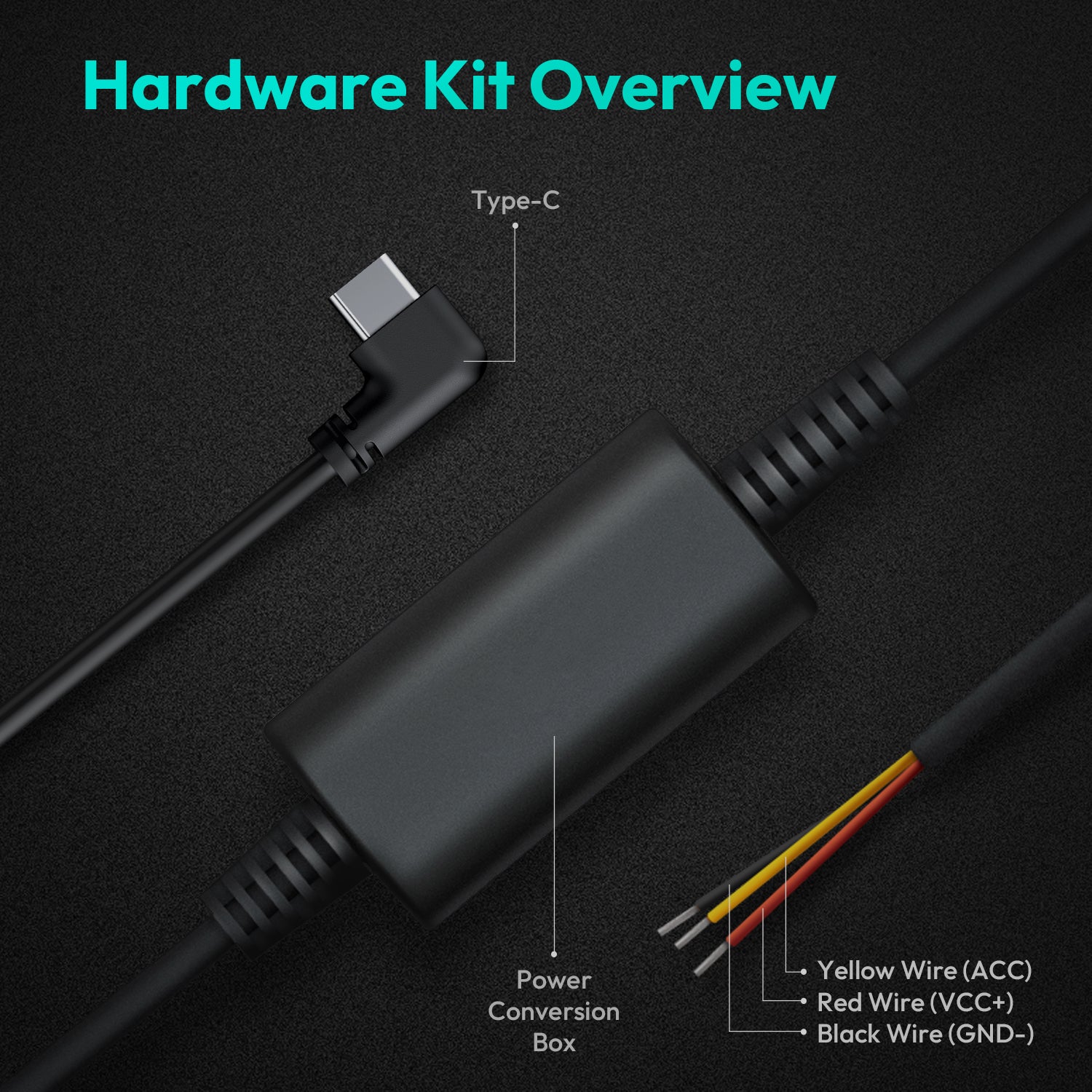

Share:
How Easy Is It to Install the Best Wireless Outdoor Camera?
What Are the Top 10 Recommended Dash Cameras of 2025?